
Eagle Conversations: Heather Wolf, Birding at the Bridge
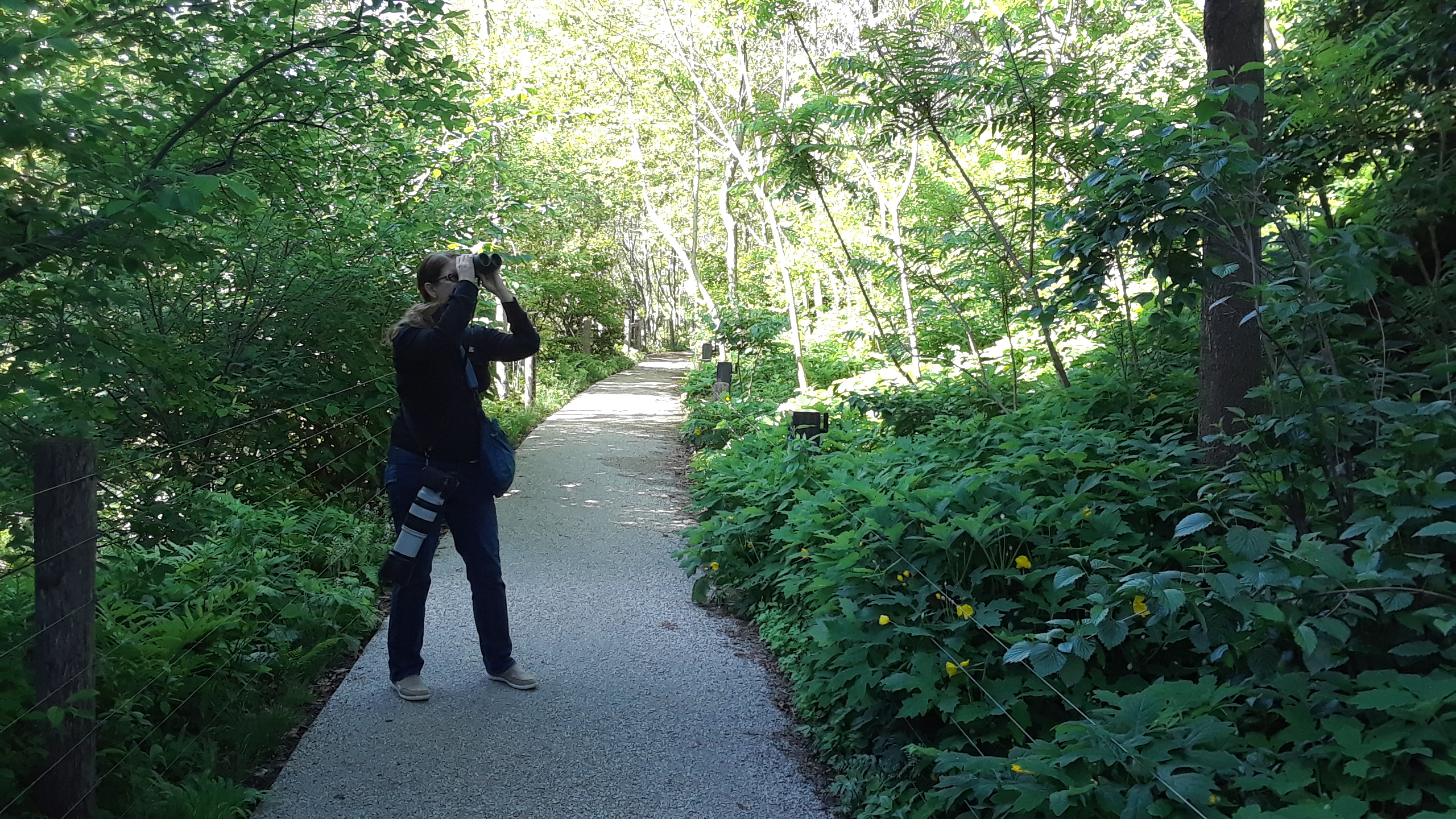
EAGLE: While Brooklyn — and the world —has celebrated the creation of the unique Brooklyn Bridge Park (BBP), here is a whole new set of fans for what you do. That is, explore and share with us the rich birdlife that has grown in BBP. Located waterside, is it really a unique urban haven?

Heather Wolf: Yes, I would definitely agree with that statement. BBP offers a wide variety of native micro-habitats in a long, narrow space along the waterfront and proves that even the tiniest patch of appropriate habitat can attract certain species. For example, a few sumac tree branches hanging over the Long Pond at Pier 1 approximates the preferred habitat of the Prothonotary Warbler, a prized sighting anywhere in New York City. In 2019, this species made a stop there during spring migration. The park’s creative use of prairie grasses such as little bluestem and switchgrass to border walking paths has resulted in a wealth of food for resident and migrating seedeaters, the most famous being the Painted Bunting of winter 2019. These habitats combined with the waterfront, visited by cormorants, gulls, terns, geese, and dabbling and diving ducks, make BBP an ideal place to observe birds.
EAGLE: Some birders we have interviewed in the past (pre-BBP) have cited Brooklyn Heights, also somewhat waterside, sitting on a bluff, as a popular stop on the flyway. Is this still true? What are the most popular Brooklyn and Queens sites on the flyway?
Heather Wolf: Yes, this is still true! During migration, colorful wood-warblers visit the trees lining the streets of Brooklyn Heights to feed on insects that fuel the rest of their journey to breeding sites.
Chestnut-sided Warblers, American Redstarts, and Yellow Warblers are a few of the migrating species I have spotted in the Heights. The Promenade is also a popular pitstop for these birds. The best way to find them is to follow interesting birdsong in spring and summer, locate the source tree or shrub, then look for movement.
The most popular sites along the flyway in Brooklyn and Queens are Prospect Park and Jamaica Bay Wildlife Refuge.
EAGLE: Which bird species are NOT migratory? In other words, which groups live here year-round as we do?
Heather Wolf: Many birds in our area are partial migrants, with some migrating and others not. The Northern Cardinal is the exception, as this species does not migrate at all.
Some birds that migrate to varying degrees but are found in our area year-round are:
Downy Woodpecker, American Robin, Blue Jay, Northern Mockingbird, Mourning Dove, Carolina Wren, House Finch, Red-tailed Hawk, American Kestrel, Double-crested Cormorant, and various species of gulls and ducks. Rock Pigeons, European Starlings, and House Sparrows are species that were introduced to North America over a century ago; they are now non-migratory residents throughout most of the continent.
EAGLE: If I want to attract beautiful songbirds to my backyard — OK, just birds — what is best to remember about setting up a feeder that works?
Heather Wolf: You’ll want to position feeders where squirrels can’t get to them and where birds will be safe from predators such as hawks, falcons, and cats. Choose high-quality birdseed; some brands, especially blends, contain fillers that don’t attract many birds. Safflower seed is a good choice. Before placing a feeder, read up on how to keep it clean to prevent the spread of disease among birds.
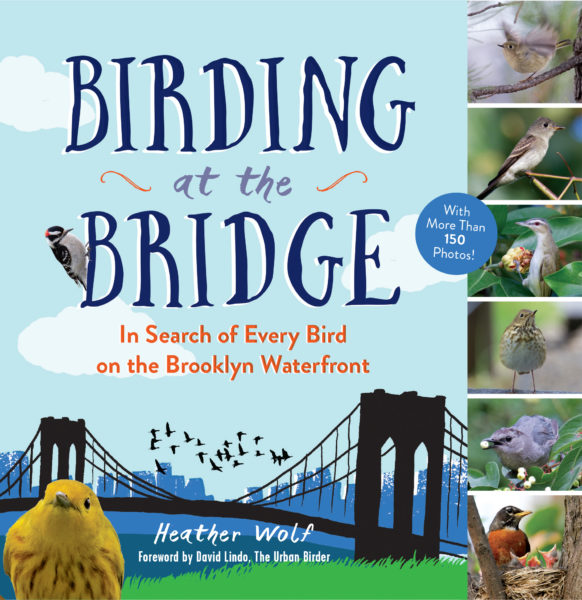
EAGLE: One of the birds I saw often growing up on a farm was the buzzard. Do we have no buzzards in urban areas? Taking Brooklyn as a microcosm, can you comment on the variety of birds that thrive along Jamaica Bay, versus Prospect Park, versus brownstone neighborhood streets and backyards?
Heather Wolf: Buzzards (North American vultures) are observed in our area from time to time, especially Turkey Vultures. I once saw a pair fly over Brooklyn Heights and continue over Brooklyn Bridge Park! Black Vultures are the other possibility in our area, but much rarer.
Regarding the variety of birds found throughout Brooklyn, different birds prefer different habitats — surroundings in which they can find food, water, shelter, and nesting sites. Brownstone neighborhoods have large, mature trees, creating a minimal woodland habitat that attracts Downy Woodpeckers and Yellow-bellied Sapsuckers, various songbirds, including Northern Cardinals, Blue Jays, migrating warblers such as American Redstart and Yellow Warbler, and more. Leaf litter that collects in backyards makes incredible bird habitat: many native sparrows and other songbirds, including two of my favorites—the White-throated Sparrow and the migrating Ovenbird — forage in leaf litter for insects, spiders, and other arthropods. Brownstone rooftops and neighborhood trees are perfect for raptors such as Red-tailed and Cooper’s Hawks to scan for prey.
With its larger, denser, and more varied woodland habitats, Prospect Park can support much higher numbers of these birds and a larger variety of species. Some trees in Prospect are so large that you can see a Yellow-bellied Sapsucker, several migrating warblers, a Black-capped Chickadee, and still more birds all in the same tree at once! Prospect’s additional habitats such as freshwater lakes and ponds attract impressive numbers of ducks that we rarely see along the brackish East River, such as Northern Shoveler and Wood Duck (which breeds there). The wetlands of Prospect also provide habitat for several types of herons and egrets, including Black-crowned Night-Heron, a species that also uses Brooklyn Bridge Park’s microhabitats. (One or two can often be seen at the BBP’s small ponds and marshes in summer and fall.)
Jamaica Bay Wildlife Refuge is the largest wetland in the city; its islands, beaches, and tidal wetlands support great numbers of nesting shorebirds, herons, and egrets. It also contains woodland habitat which attracts many migrating and resident songbirds. Some of the birds that nest there include Yellow Warbler, American Redstart, Great Egret, Willet, American Oystercatcher, and Black-crowned Night-Heron.
EAGLE: On a trip to Galapagos one can be seduced by the dancing and diving of blue-footed boobies and entranced by the seaworthiness of the frigate bird. What should we watch for in Brooklyn Bridge Park, behavior-wise, that will show us memorable behavioral traits?
Heather Wolf: Raptors! While I find the behavior of all bird species to be very interesting, the most exciting bird drama tends to occur when raptors are present. Red-tailed Hawk, Cooper’s Hawk, and American Kestrel (a small, dove-sized falcon) are common raptors of BBP. Plus, they are fairly easy to spot-check the tops of light posts and search for birds in flight pursuing smaller birds and pigeons. Once you spot a raptor, spend time observing from a distance; you may get lucky and see it hunt—at least until the American Crows arrive! Crows are another sign of ensuing bird action because they like to harass other birds and are quite fearless. If you hear crows cawing above, look up and watch the show for a bit—you might see them chasing a Red-tailed Hawk and even hitting it with their wings. In winter, watch for duck courtship displays like head bowing in mallards or forward head-bobbing and “running” over the water in buffleheads. There are so many behaviors to look forward to, but one more that is very easy to see is the courtship dance of the Rock Pigeon. When you see a pigeon strutting on a sidewalk, watch its next moves and you may see it dance for a nearby female, doing one or more impressive turns without missing a step of its strut.
EAGLE: Our readers who see this online will delight in getting your suggestions of websites, including your own, for more aviary edification.
All About Birds, Bird Guide (https://www.allaboutbirds.org/guide/)
eBird (link to Explore page, very useful: https://ebird.org/explore)
Merlin Bird ID app (https://merlin.allaboutbirds.org/)
Heather’s blog, Birds of Brooklyn Bridge Park (https://brooklynbridgebirds.com/)
Leave a Comment
Leave a Comment



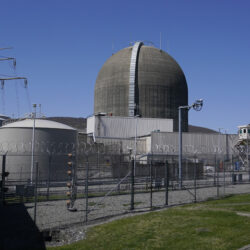
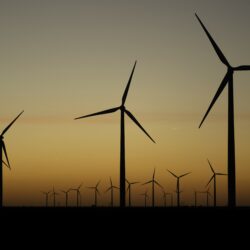
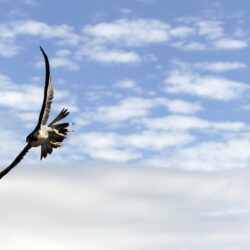

Very Nice Article! Congratulations, from the Brazilian Pantanal! 🙂